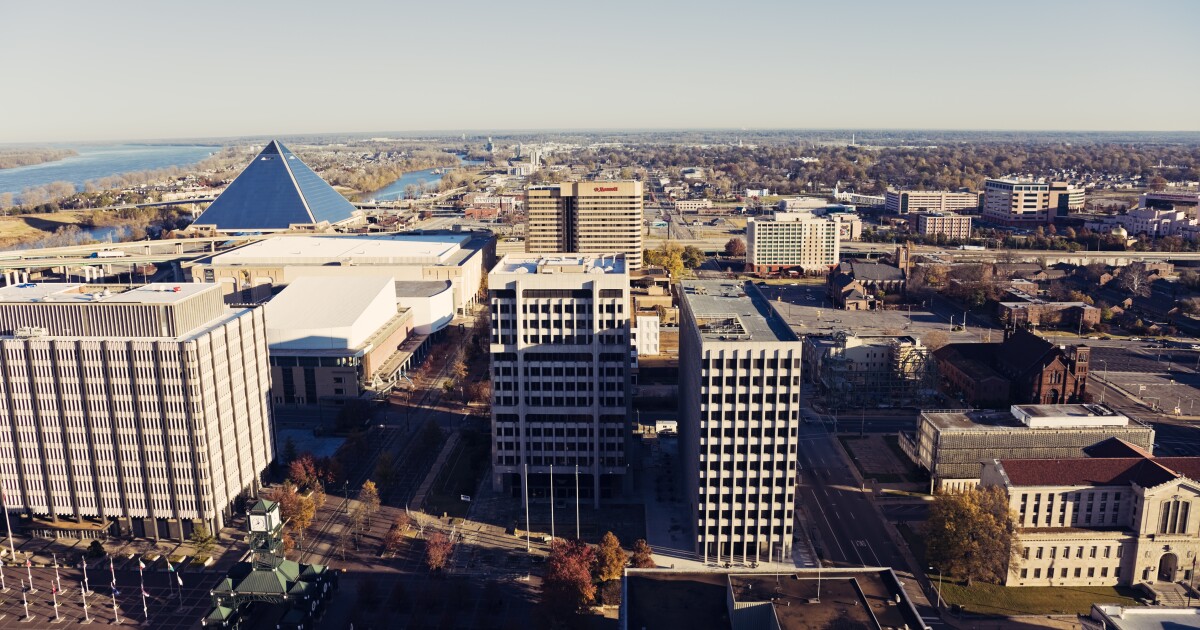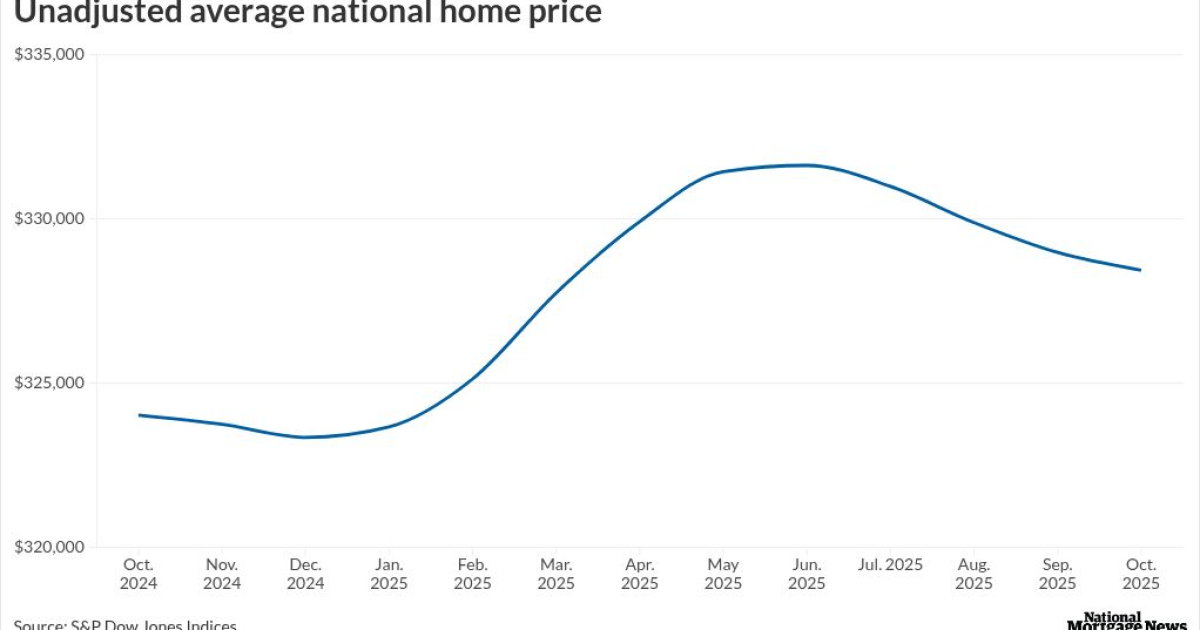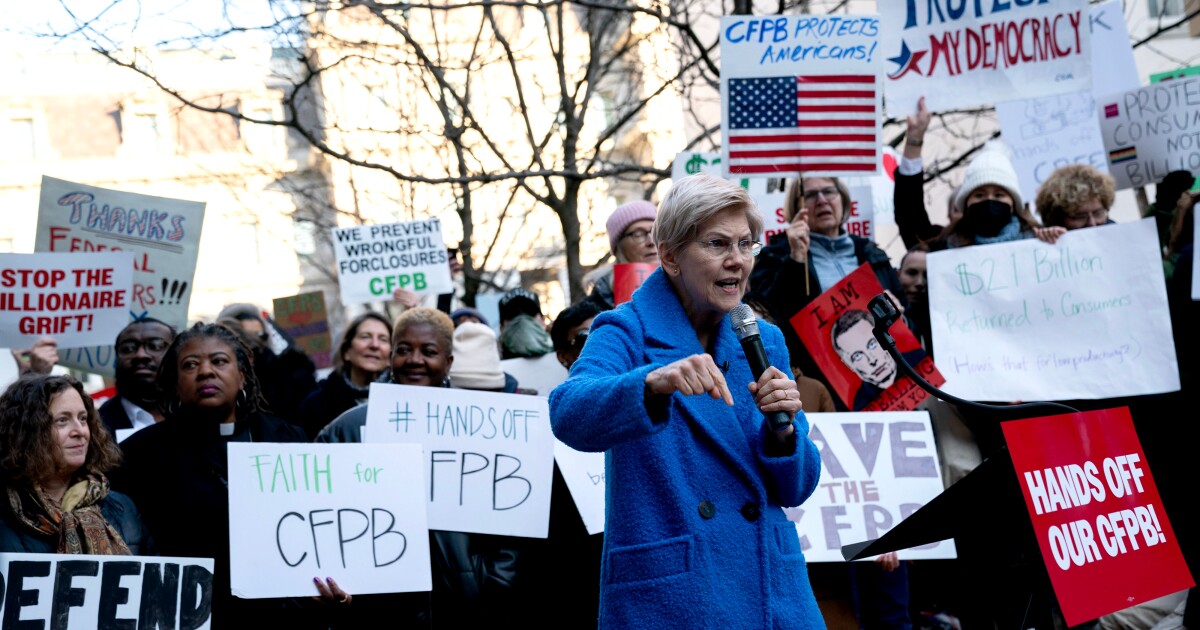
The buying power of those looking
It defines an affordable housing market for a first-time home buyer as one where the median renter can afford at least half of the houses for sale.
Nationwide, just 29% of properties meet that affordability standard, down from 34% for the same period in 2023 and 45% for the first quarter of 2022.
Using that metric, the only large market that qualifies as affordable
At the other end of the spectrum, the least affordable markets for first-time buyers are all in
The
For this report, affordability is calculated using the renter's household income, the prevailing mortgage rate for a 30-year loan and the assumption that one-third of the pretax income is enough for a 5% down payment.
But Kushi sees "a light at the end of the tunnel.
"According to our First American Data & Analytics House Price Index, annual house price growth has slowed for five consecutive months. Furthermore, although housing supply is still historically low, the slight uptick in inventory compared to a year ago might help to further ease some pressure on home prices."
Another positive is the Federal Reserve's latest signal that it would cut short-term interest rates this year if inflation continues to cool. While this doesn't directly influence mortgage rate movements, which tend to use the 10-year Treasury yield as a benchmark, good economic news led by a Fed rate cut would lead those to go lower as well.
"While housing affordability is low for potential first-time home buyers, slowing price appreciation and lower mortgage rates could help — so the dream of homeownership isn't boarded up just yet," Kushi said.
A separate report quantifies how important income is to the equation.
A
BadCredit.com used Zillow home prices over the past year, along with the minimum wages in every state in its analysis.
Salaried workers making the U.S. median income achieved the same milestone in 5.1 years.
Even among minimum wage workers, there are great variations in timelines.
Utah ranked last among the state, at 34.1 years. California, which the First American analysis noted had the five least affordable cities, was 46th at 23 years. At the same time, it took minimum wage workers in Illinois 8.6 years to save for an 8% down payment.
"The findings are a sobering reminder of the financial hurdles that low-income earners face in achieving the American Dream of homeownership," said Jon McDonald, senior editor at BadCredit.org, in a press release. "While we're seeing increases in minimum wage, such as the recent rise for California's fast food workers, these steps are often insufficient to bridge the gap in high-cost housing markets."
The analysis uses the general $16 per hour wage for California, although for fast food workers in the state that increased to $20 on April 1.



